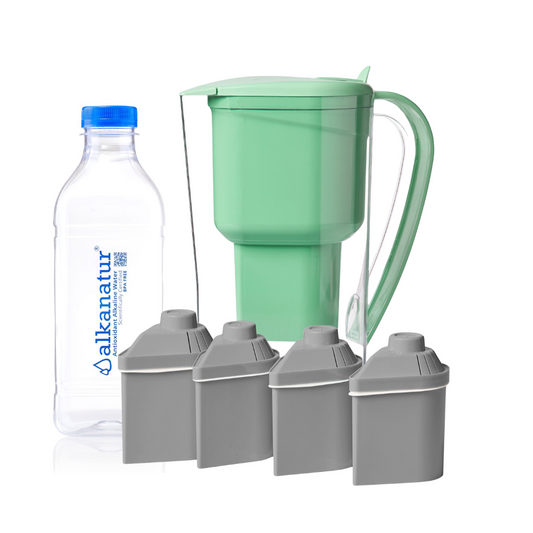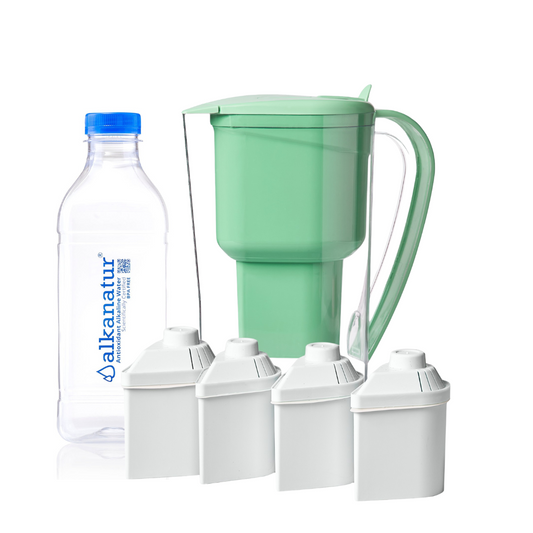Tiny plastic fragments, known as microplastics and nanoplastics, are present everywhere. Currently, they have been discovered in quantities 10 to 100 times higher than previously thought in bottled water. At Alkanatur, we're paying attention to this disturbing trend.
A typical litre of bottled water included almost 240,000 identifiable plastic pieces, according to research from Columbia University and Rutgers University. The study was published this year in the Proceedings of the National Academy of Sciences.
Microplastics made up around 10% of the plastic particles found, while nanoplastics made up the remaining 90%. Nanoplastics are particles smaller than one micrometre; microplastics are particles between five millimetres and one micrometre. A human hair's thickness is, for reference, roughly 70 micrometres.
Microplastics had previously been discovered in a variety of human organs, including the placenta, blood, and lungs. A 2018 study discovered that a litre of bottled water included 325 particles of microplastic on average.
Wei Min, a co-author of the study and a professor of chemistry at Columbia University, says, "the smaller it goes, the easier it is for it to be misidentified as the natural component of the cell". Thus, nanoplastics may be much more hazardous than microplastics once they enter the human (or animal) body.
Three brands of bottled water were tested in the study, but not identified.
The United Nations estimates that about 440 million tonnes of plastic are produced annually by humans. According to studies, almost 80% of plastic ends up in the environment or in landfills. A sobering thought, and a call to arms for us to use less plastic, whenever possible.
Article based off a story on NPR by James Doubek (January 10, 2024)
Alkanatur Alkaline Water Filter Pitcher with Magnesium & Antioxidants – Alkanatur North America
Alkanatur Replacement Pack High pH Alkaline Antioxidant Purified Water – Alkanatur North America









